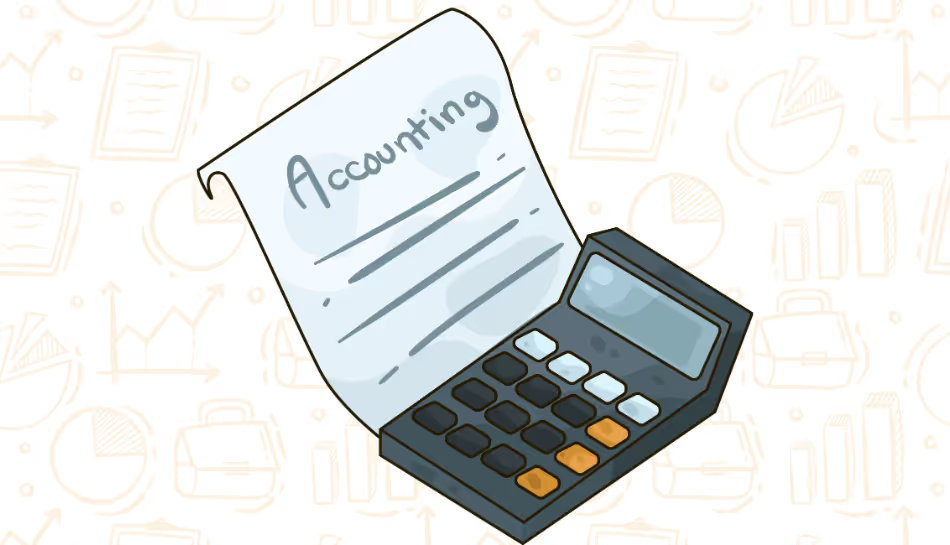
In accounting, every financial transaction needs to be recorded accurately so that a business can track its performance and prepare reliable reports. Two of the most important books of records are the general journal and the general ledger. While they are closely related, they serve different purposes. Let’s break down the difference between journal and ledger, how they work, and why both are essential in accounting.
What is Journal and Ledger?
To understand the journal and ledger difference, it’s helpful to start with their definitions.
- General Journal: Often called the “book of original entry,” the journal is where every transaction is first recorded. It includes the general entry of transactions in chronological order. Each entry shows the date, accounts affected, amounts debited and credited, and a brief description.
- General Ledger: This is known as the “book of final entry.” After transactions are recorded in the journal, they are transferred to the general ledger accounting system. The ledger organizes transactions by account type, such as cash, sales, or expenses, showing the balance of each account.
So, while the journal records transactions as they happen, the ledger summarizes them by category.
What is General Entry?
A general entry is the basic record made in the journal. For example, if a business pays ₹10,000 in rent, the journal entry would be:
- Debit Rent Expense ₹10,000
- Credit Cash ₹10,000
This ensures the transaction follows the double-entry system. Once recorded in the journal, it is later posted to the appropriate accounts in the ledger.
Difference Between Journal and Ledger in Accounting
When comparing ledger vs journal, the differences become clear:
- Purpose
- Journal: Records every transaction in detail and in order.
- Ledger: Summarizes and groups transactions into accounts.
- Order
- Journal: Chronological, by date.
- Ledger: Classified, by account type.
- Information Provided
- Journal: Explains how each transaction occurred.
- Ledger: Shows the overall balance of each account.
- Stage in Recording
- Journal: First step, initial entry.
- Ledger: Second step, after posting from the journal.
- Example
- Journal: “Paid supplier ₹20,000 on 5th May.”
- Ledger: Supplier account shows total payments made and total owed.
This comparison highlights the difference between general and ledger (meaning the general journal and the general ledger) in a way that shows how they work together.
Why Both are Important
Both the journal and ledger are vital because they complement each other:
- The journal ensures that no transaction is missed and records them with supporting details.
- The ledger provides a summarized view, making it easier to prepare trial balances, financial statements, and track account balances.
Without the journal, the ledger would lack detail. Without the ledger, the journal would be too detailed for financial analysis. Together, they make accounting accurate and manageable.
Example for Easy Understanding
Imagine a business makes the following transactions in June:
- June 1: Bought goods worth ₹50,000 on credit.
- June 10: Sold goods worth ₹70,000 for cash.
- June 15: Paid ₹20,000 to the supplier.
In the general journal, each of these transactions is recorded in chronological order with debits and credits. Later, in the general ledger, the supplier account, sales account, and cash account would each show their updated balances.
This shows how the journal captures details and the ledger provides a bigger picture.
Final Thoughts
When it comes to what is the difference between journal and ledger, the answer is simple: the journal is the first place where transactions are recorded, while the ledger is where those transactions are classified into accounts.
Think of the journal as a diary of transactions and the ledger as a summary book that shows account balances. Both are essential in general ledger accounting, ensuring accurate financial reporting and better decision-making.

